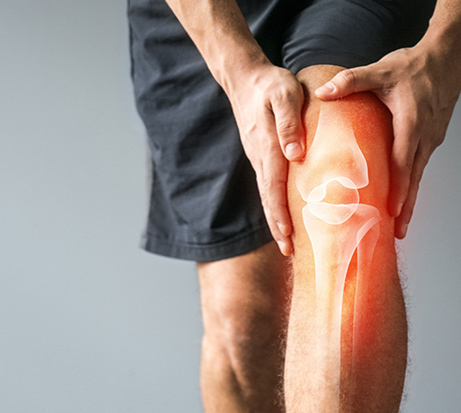
Knee injuries are one of the most common injuries that I see every day. Tears of the meniscus are one of the most frequent of these injuries. Patients typically present in the office with pain at the inside (medial) or outside (lateral) of the knee and often have swelling in the joint. Additionally, sometimes the patient will complain of catching or locking of the knee, which could indicate meniscal injury. An x-ray alone will not be able to determine if the meniscus is torn, but is helpful to rule out other conditions, such as arthritis or fracture. An MRI is the best test to assess for this type of injury.
So my meniscus is torn, now what?
After a patient returns with an MRI that confirms that the meniscus is torn, there are several options, depending on other factors associated with each patient. If there is osteoarthritis, and the meniscus tear appears chronic, many of these patients can be treated with anti-inflammatory medicine, and possibly injectible cortisone. I am frequently pressed by a patient to do surgery on this type of tear, but in the setting of arthritis, surgery is not always the best option.
When is surgery the best option?
For younger patients and older patients without any arthritis, surgery is often the best option especially if there is locking or what we refer to as mechanical symptoms. For these patients, surgery involves an arthroscopy of the knee. During an arthroscopic procedure, a camera is inserted to visualize the tear. The tear is then smoothed to prevent any flaps from pulling and causing pain or in some instances repaired.
If you think that your meniscus may be injured or are experiencing pain, the best option is to have this evaluated by our sports team here to determine the cause and get you back to activity as quickly as possible.
Request an Appointment or call our office (954) 771-8177 for a consultation.
